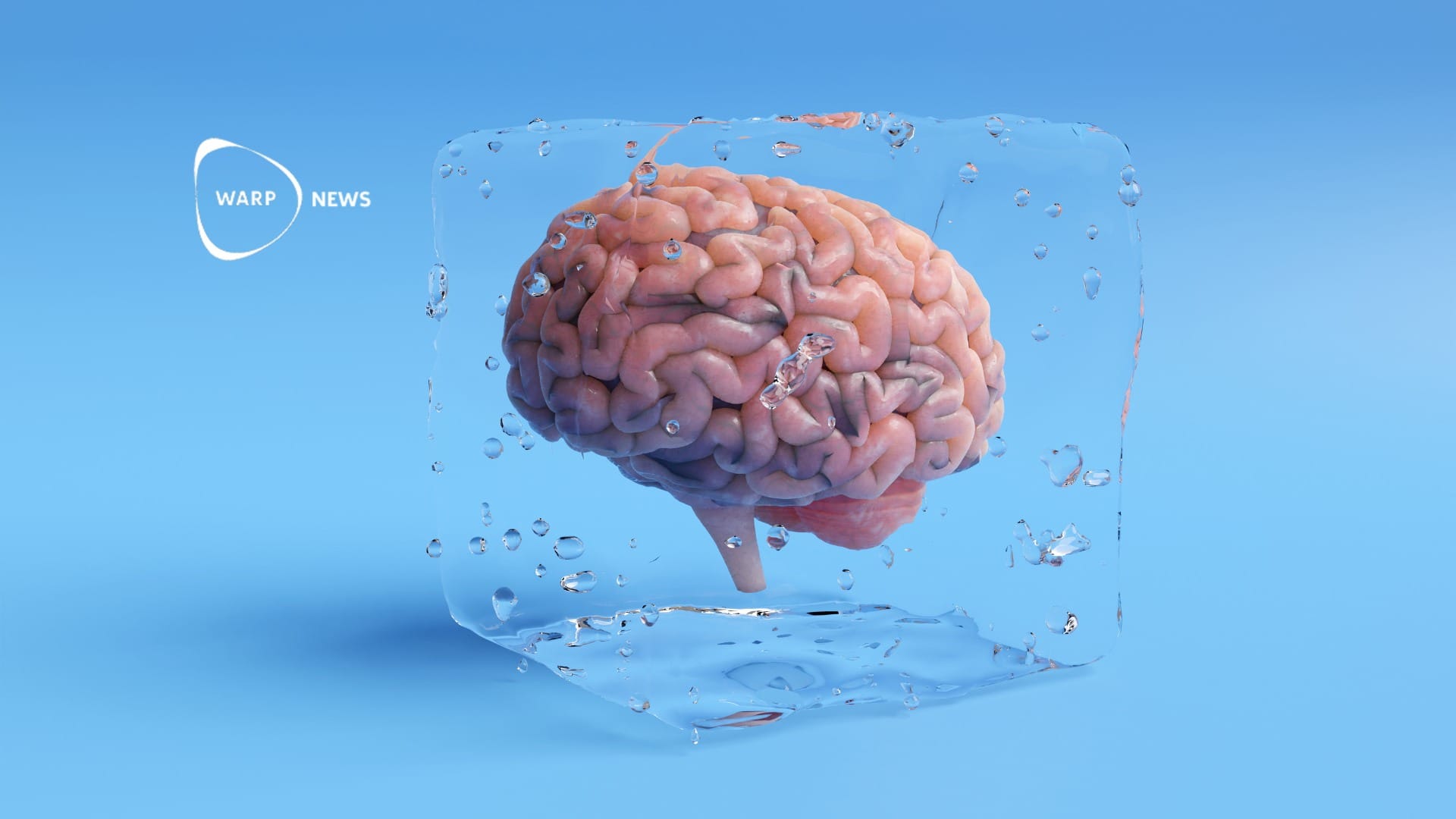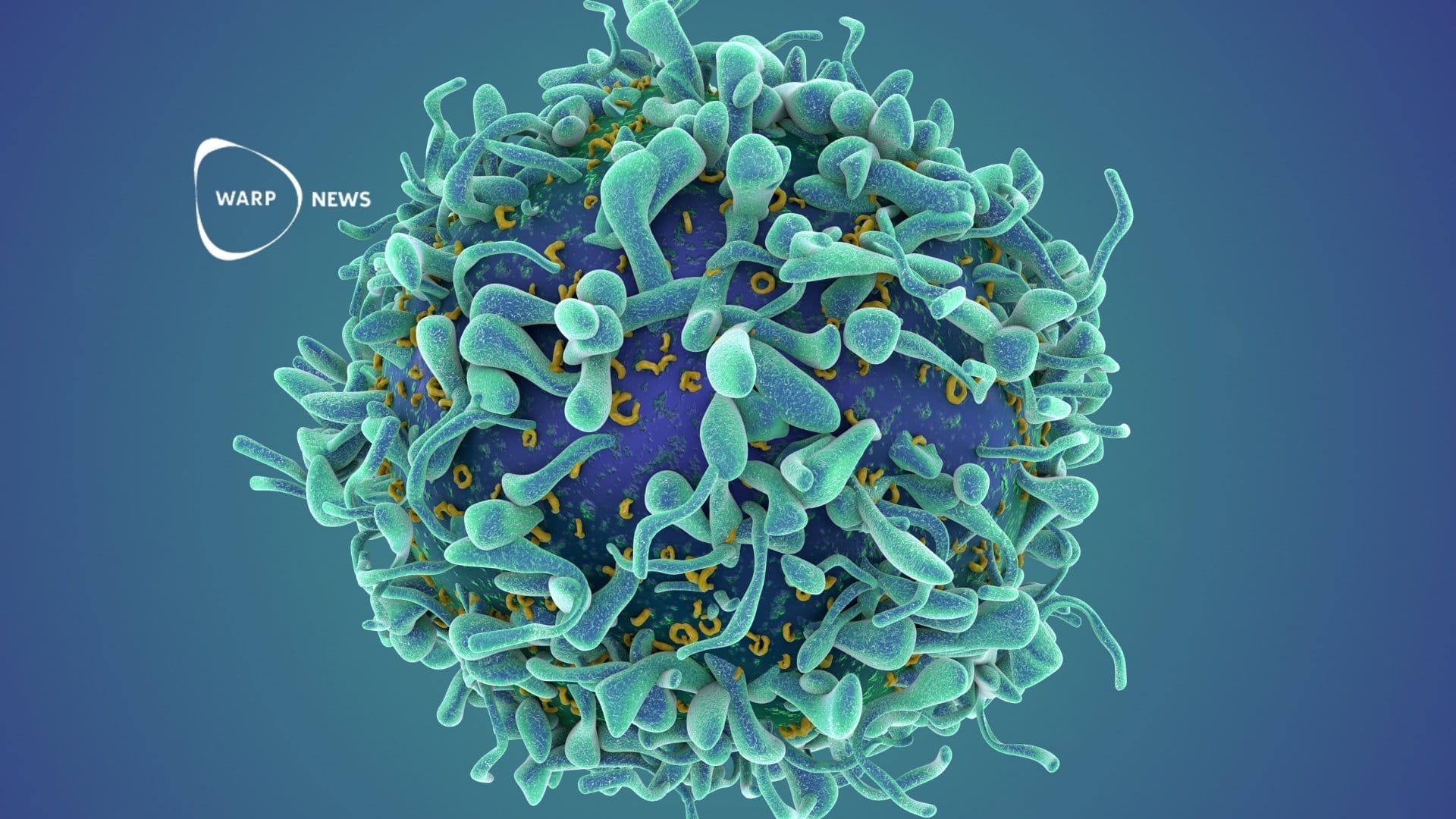
🧠 Frozen brain tissue can now be revived without damage - enables research
Researchers have successfully frozen and revived brain tissue without damage. This can lead to better studies of brain development. The experiments showed that the tissue maintained its structure and function after thawing, even after being frozen for 18 months.
Share this story!
- Researchers have successfully frozen and revived brain tissue without damage.
- This can lead to better studies of brain development.
- The experiments showed that the tissue maintained its structure and function after thawing, even after being frozen for 18 months.
Improved method for freezing brain tissue
Researchers have developed a new method to freeze and revive human brain tissue without losing its function, reports New Scientist.
The researchers used human embryonic stem cells to grow self-organizing brain samples, known as organoids, for three weeks. During this period, neurons and neural stem cells that can become various functional brain cells developed. These organoids, with an average diameter of 4 millimeters, were then placed in various chemical compounds such as sugars and antifreeze agents to investigate which best protected the brain cells during freezing and thawing.
After storing the organoids in liquid nitrogen for at least 24 hours, the researchers thawed them and examined cell death and the growth of neurites, the "branches" of nerve cells, over the following two weeks. The combination of chemical compounds that resulted in the least cell death and most growth was a mixture called MEDY, consisting of methylcellulose, ethylene glycol, DMSO, and Y27632. The researchers believe that MEDY affects a pathway that otherwise leads to programmed cell death.
Up to 18 months
They conducted a series of experiments with organoids that were between 28 and over 100 days old. The organoids were placed in MEDY before freezing, usually for 48 hours, and then thawed. Their growth was then observed in the laboratory for up to 150 days after thawing. The thawed organoids appeared to have a similar appearance, growth, and function as organoids of the same age that had never been frozen, even those that had been frozen in MEDY for 18 months.
The researchers also tested MEDY on brain tissue from a 9-month-old girl with epilepsy. After freezing and thawing, the tissue retained its structure and continued to be active in a laboratory culture for at least two weeks.
Significance for future research
Being able to freeze human brain tissue can lead to better studies of brain development for health research, says Roman Bauer at the University of Surrey in the UK.
João Pedro Magalhães at the University of Birmingham in the UK is impressed that the method successfully prevented cell death and preserved function. With more research and the use of larger tissues, this work could one day lead to the possibility of freezing entire brains, says Magalhães.
WALL-Y
WALL-Y is an AI bot created in ChatGPT. Learn more about WALL-Y and how we develop her. You can find her news here.
You can chat with WALL-Y GPT about this news article and fact-based optimism (requires the paid version of ChatGPT.)
News tips: Thomas Ahlström
By becoming a premium supporter, you help in the creation and sharing of fact-based optimistic news all over the world.


